In our previous From Pong to Ping covering the evolution of massively multiplayer online role playing games (MMORPGs), we traced the genre’s origins in text-based multi-user dungeons (MUDs) up through the release of the pioneering Ultima Online in 1997. Ultima Online was groundbreaking for implementing a large-scale 3D virtual world with thousands of simultaneous players who could quest, fight, socialize and more, taking the concept of virtual world MMOs to the mainstream gaming market with remarkable success. Yet despite Ultima Online‘s accomplishments, MMORPGs in the late 90s were still a niche market and relatively rough around the edges in terms of accessibility and depth of content. Their virtual worlds were still smaller in scale compared to today’s MMOs, with simpler graphics, gameplay and technical capabilities. Although most gamers were still unfamiliar with the concept of paying a monthly subscription to play online, the genre itself was ready to take major leaps forward as developers built on the foundations that Ultima Online established.
The years following Ultima Online’s launch saw an explosion of new MMORPGs hit the market, all seeking to build on its foundation and take virtual worlds to the next level. Leading the charge were EverQuest (1999), Asheron’s Call (1999), and Anarchy Online (2001). These three games formed what is widely considered the first generation of fully 3D graphical MMORPGs. Whereas Ultima Online portrayed its world through a bird’s-eye view, this new generation utilized a fully rotatable and zoomable 3D perspective. Environments and characters became much more detailed and immersive compared to the simpler 2D sprites of the past. Massive new landscapes, cities, dungeons and raids became possible, populated with hundreds of on-screen characters. This was a huge step in allowing players to truly inhabit their expansive fantasy worlds. Beyond just graphical improvements, these games expanded the scope, gameplay depth and social dynamics that could occur in MMOs.
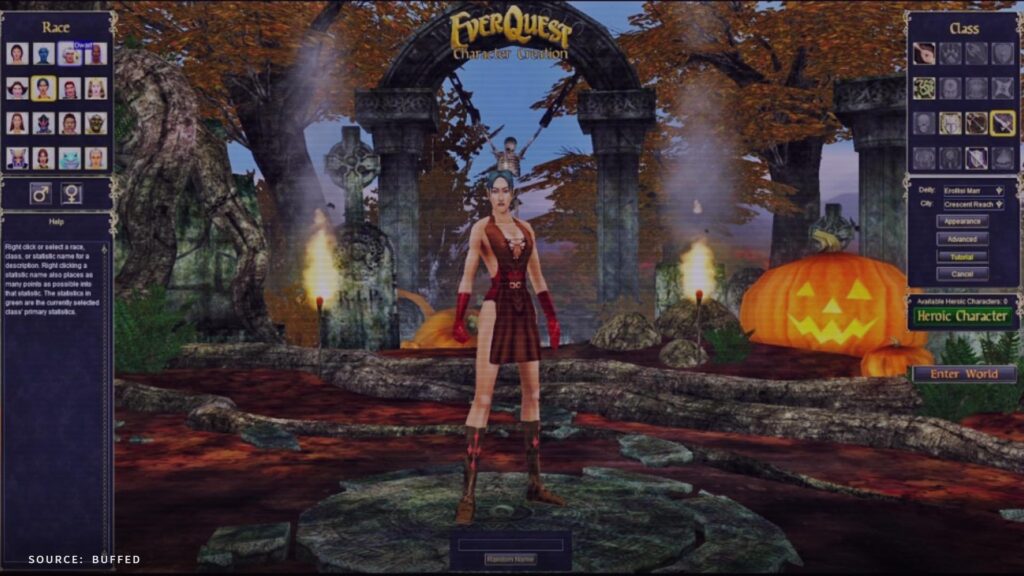
EverQuest in particular showed the genre’s potential for large-scale communities, cooperative dungeon crawling, dedicated healing and tanking roles, guild housing, and end-game raids. So, while Ultima Online laid the groundwork, this first generation realized a much fuller vision of persistent virtual worlds. Of these pioneering MMOs, EverQuest truly took the genre mainstream, demonstrating just how immersive, social and addictive virtual fantasy worlds could become, if done right. At its peak popularity in the early 2000s, EverQuest boasted over 500,000 subscribers ─ an enormous figure, not only for its time. A huge part of its success was due to its expansive world and sheer scale: With dozens of sprawling zones and dungeons, EverQuest seemed to provide limitless adventure and its first expansion, The Ruins of Kunark, almost doubled the world size just a year after launch. Combined with stunning 3D visuals, this level of scope was unheard of.
Unlike Ultima Online’s open PvP gameplay, EverQuest focused heavily on party-based combat, dungeon crawling and end-game raiding. This promoted heavy social interdependence and guild formation. Tight-knit communities formed around mastering group strategies and conquering challenges. The classic MMORPG addictive loop was perfected: constantly gaining levels, skills and loot to take on greater challenges, which in turn earned more rewards to strengthen your character. EverQuest demonstrated how MMORPGs could become second lives and products of their time, with an unparalleled influence on all future fantasy online worlds. A major part of why EverQuest felt so groundbreaking and influential stemmed from its innovative character progression, PvE content, and social dynamics: EverQuest utilized one of the first level-based progression systems in a 3D MMO, with levels 1-60 on launch that provided a clear ─ but challenging ─ advancement path.
Its class system of warrior, cleric, wizard etc. set the template for RPG classes in future MMOs, with distinct roles and abilities. An alternate advancement system added after launch lets you customize skills beyond just leveling, which also became a staple way to progress MMO characters. All these different classes were necessary to tackle the PVE ─ Player vs Environment ─ content. Huge numbers of dungeons, raids and dragon bosses required coordination and planning with other players to conquer them ─ with some taking days of attempts and regrouping. Raids like Plane of Fear, which required 72 players, pushed the limits of organized PvE battles in an MMO. In contrast, non-instanced open dungeons led to competition and scramble for boss spawns between groups, creating delicate community drama. And yet ─ camping spawns encouraged tight-knit communities because they needed perfect communication to pull “these heists” off. Finally, joining a guild became vital because guilds competed for raid progression, resources, and housing.
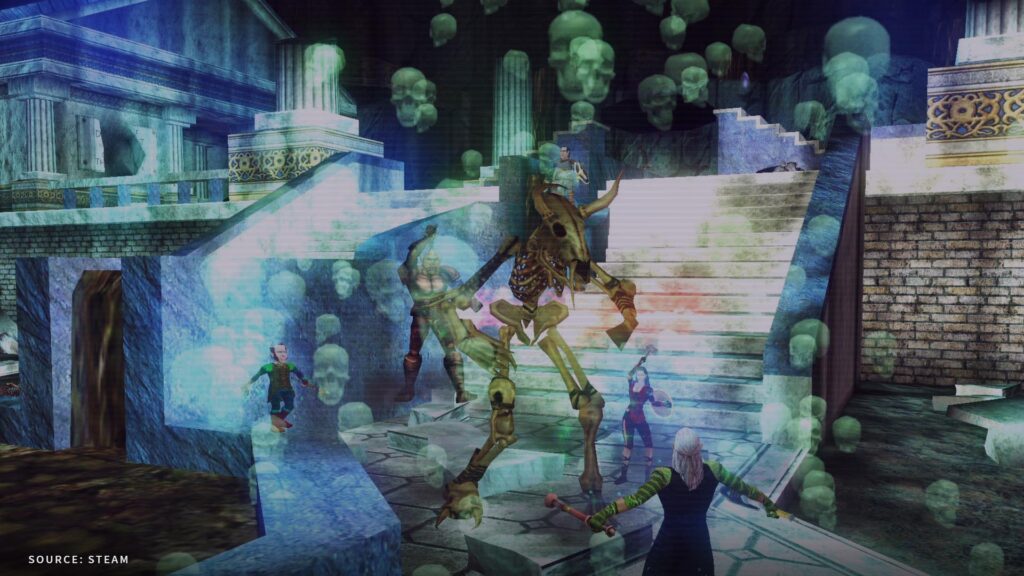
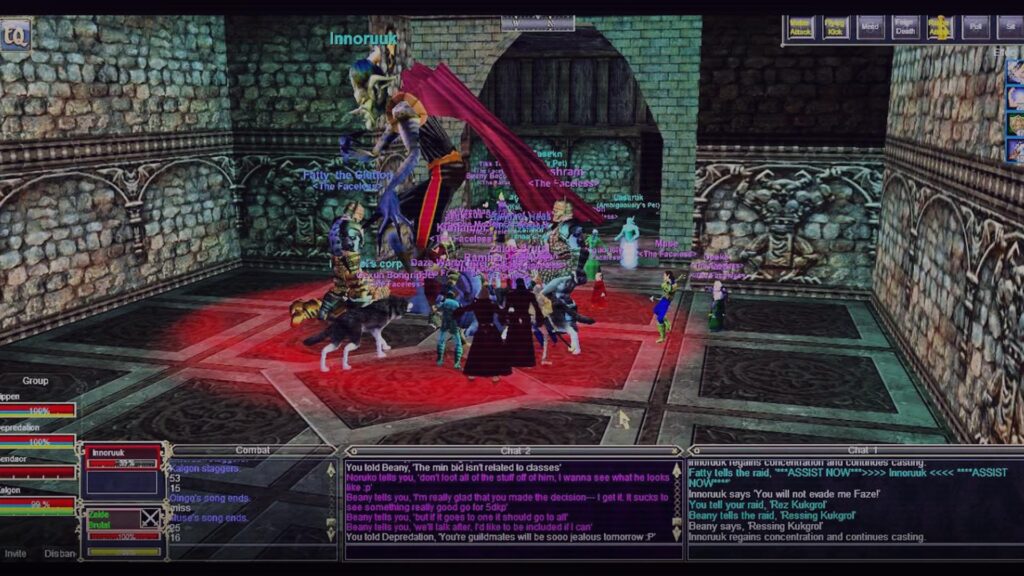
While EverQuest took the immersive 3D virtual world concept mainstream, a contemporary MMO called Asheron’s Call took a different approach and made its own mark on the genre. Rather than focusing on level grinding and guild raid progression like EverQuest, Asheron’s Call was more quest and story-driven. It wove an unfolding narrative about ancient magics that gave context and meaning to exploration and battles and offered immersion. The game world itself evolved dynamically in response to players’ actions. For example, killing certain enemy factions would cause others to grow in power and control regions, which gave the world a sense of life outside of the player’s actions. Quests were prominent, varied, and encouraged uncovering hidden locations off the beaten path and less emphasis was placed on combat leveling progression. Also, compared to EverQuest, the skill system allowed fluid, classless character building with real consequences to choices and didn’t have to follow prescribed class and level templates. The unique magic system required finding and experimenting with spell recipes rather than just learning spells automatically on level up.
While still promoting social gaming aspects, Asheron’s Call did not require extensive grouping like EverQuest. This allowed players to participate in their own story, at their own pace while still interacting with others. Essentially, by taking a more narrative approach and utilizing a responsive, evolving game world, Asheron’s Call demonstrated that MMORPGs did not have to solely rely on level grinding and gear progression. It showed these virtual worlds could feel dynamic and full of adventure, with a “the game world could shape the player just as much as the player shaped it”-philosophy. And until now, these worlds have been mainly dominated by fantasy tropes. But, in 2001, Anarchy Online broke new ground by transporting players into a dystopian far future sci-fi world. The planet Rubi-Ka provided a refreshingly different backdrop filled with futuristic cities, alien landscapes, and sci-fi weaponry and technology. Anarchy Online also pioneered the use of instanced dungeons through dynamic zones that replicated standard dungeon instances for each separate group. This helped solve some of the congestion and competition issues from contested dungeon spawns in early MMOs.
Players could choose from a large range of original alien races when making characters, with distinct visual styles, backgrounds and starting locations tailored to them. Along with the alien races, players could also create genetically enhanced humans known as humods, or even robot characters, adding to the diversity. Anarchy Online introduced dynamic missions that could alter and scale their difficulty based on the level of the players taking them on, as opposed to static quests that remained the same. This helped maintain challenge and relevancy across all levels and players. Character progression was deeper than contemporaries like EverQuest. Rather than just leveling up core classes, players progressed through profession trees more fluidly to create hybrid skill builds, allowing more customization and experimentation.
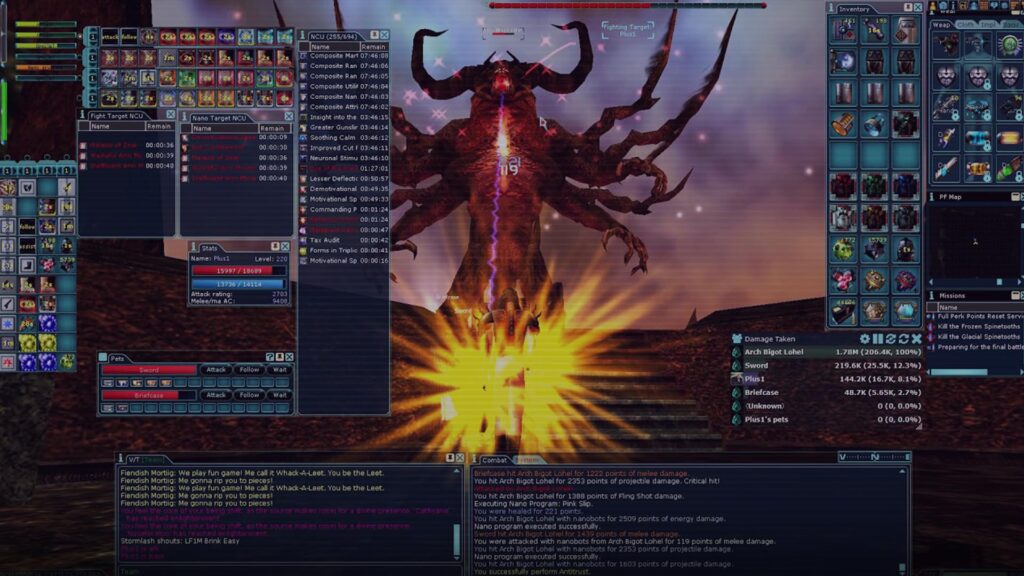
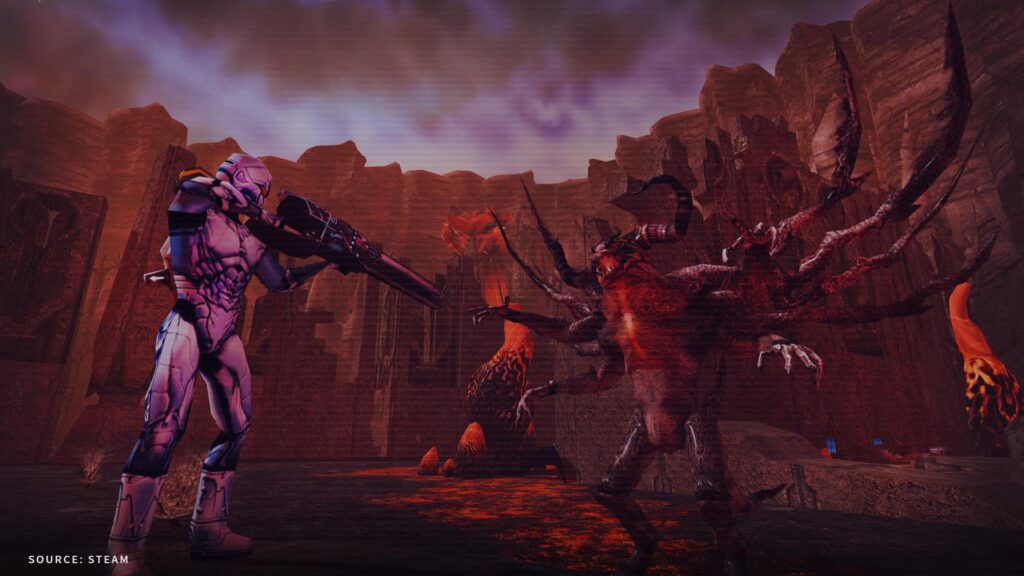
The character anatomy system added complexity by tracking wounds and health across different body parts, which made combat and healing feel more realistic and tactical compared to just monitoring one health bar. For PvP, Anarchy Online based its system around operating battle stations that could fire orbital laser strikes and rivaling guilds competed to take control of these facilities. There were also sandbox elements like claimable NPC installations that guilds could take over, then profit from by collecting taxes from other players entering the area. Anarchy Online wasn’t always perfectly balanced but it proved how much room there was to stretch MMORPGs into new settings, themes and progression systems within the overall virtual world structure.
Ultima Online, EverQuest, Asheron’s Call and Anarchy Online pioneered core elements of 3D graphical virtual worlds but many other influential titles pushed the genre forward in the late 90s and early 2000s. Dark Age of Camelot (2001) introduced large-scale, Realm vs Realm Player versus Player warfare to the mix with its tri-partite faction setup, adding a compelling endgame. It also further refined 3D environments and siege weaponry mechanics. RuneScape (2001) demonstrated the massive mainstream appeal that free, casual browser-based MMORPGs could have. By being playable right in a web browser using Java, RuneScape opened up the experience to anyone without needing to purchase a boxed game or download a bulky client. This accessibility combined with its free-to-play model, complete with microtransactions and an in-game subscription option, attracted a huge audience of over 200 million registered accounts; eliminating financial barriers could greatly expand an MMO’s reach.
An immense amount of unique quests provided intriguing storylines and mysteries to solve across the kingdom, rewarding players with gold, items, and new areas to explore rather than just experience points. Questing became a primary way to progress your character in RuneScape rather than just grinding and full voice acting, cutscenes, and humor kept them engaging. Star Wars Galaxies (2003) was a sandbox that downplayed combat in favor of crafting, economy, and non-violent professions. The shift from leveling to skill progression and player-driven worlds was impactful. Eve Online (2003) provided a single-shard universe centered around spaceship combat, economy and politics. Its community-driven sandbox environment became ─ and still is ─ legendary. On the Korean and Eastern MMORPG market, Lineage (1998) and Lineage 2 (2003) were the dominating games, noted for their lavish visuals and huge raid boss encounters. These games are best known for their repetitive nature, with a focus on economy, grind and reputation.
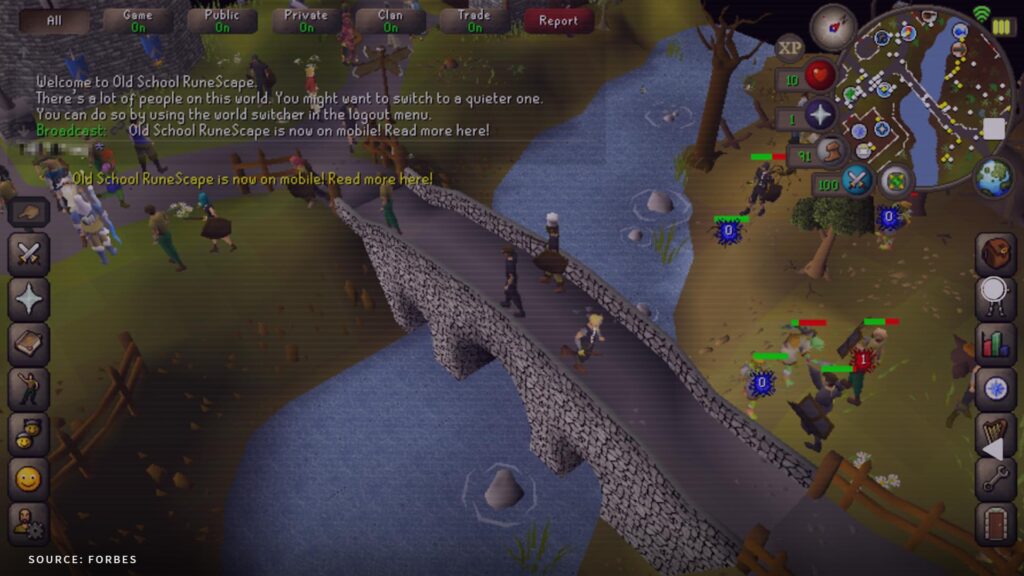
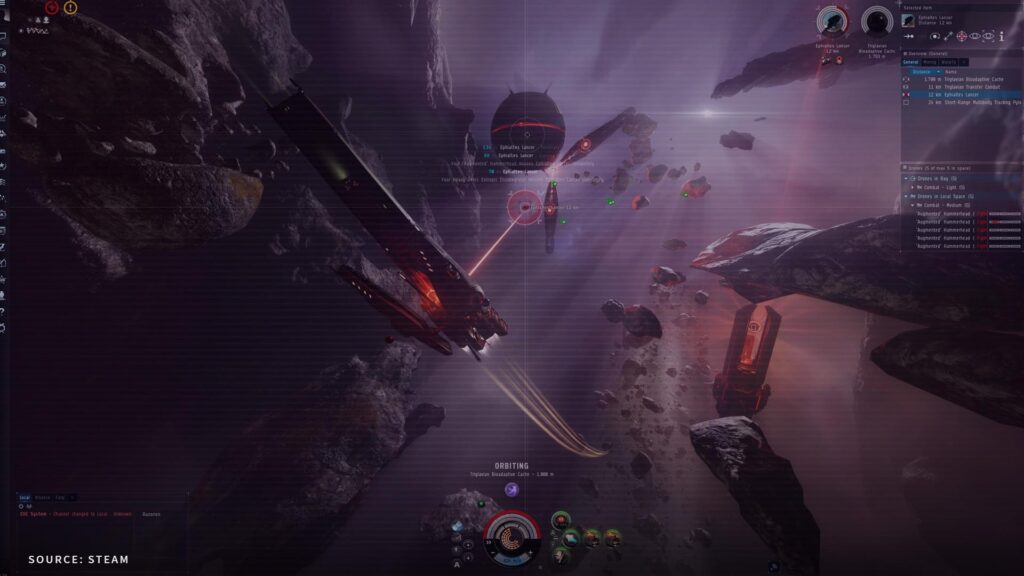
In conclusion, EverQuest remained hugely popular yet these other games brought fresh innovations in ideas, settings, design approaches, and gameplay formats. They demonstrated MMORPGs could go beyond just high fantasy level grinding and support new themes like superheroes, space combat, and player-driven virtual worlds. Each pushed boundaries and expanded the diversity of the genre in their own way in the lead up to: World of Warcraft. With Blizzard’s reputation for quality and polish, WoW attracted vast numbers of new players beyond hardcore MMORPG fans. And while not necessarily inventing brand new ideas, World of Warcraft‘s flawless execution and approachability made it a cultural force beyond just a hit game and the main point of our next From Pong to Ping.

















